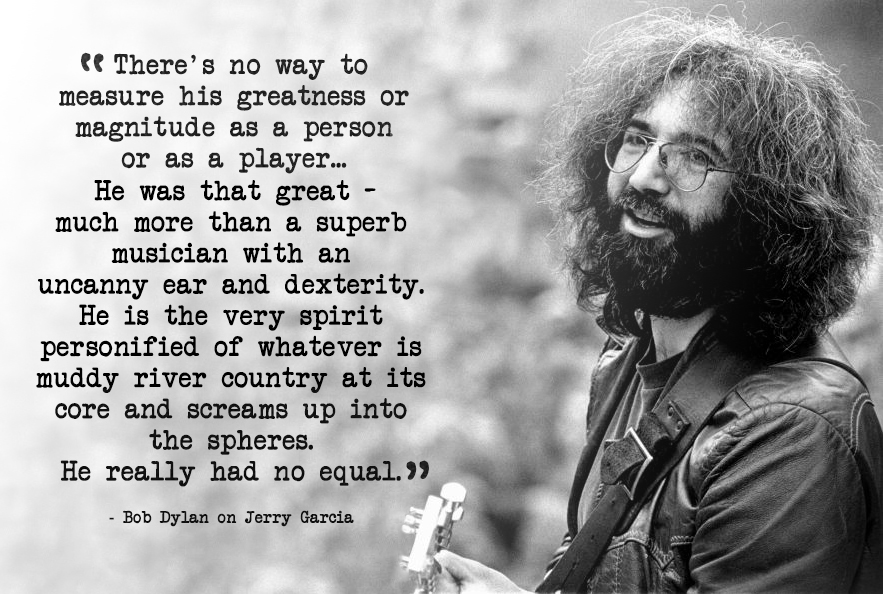
Credit: Dead.net

Credit: Dead.net
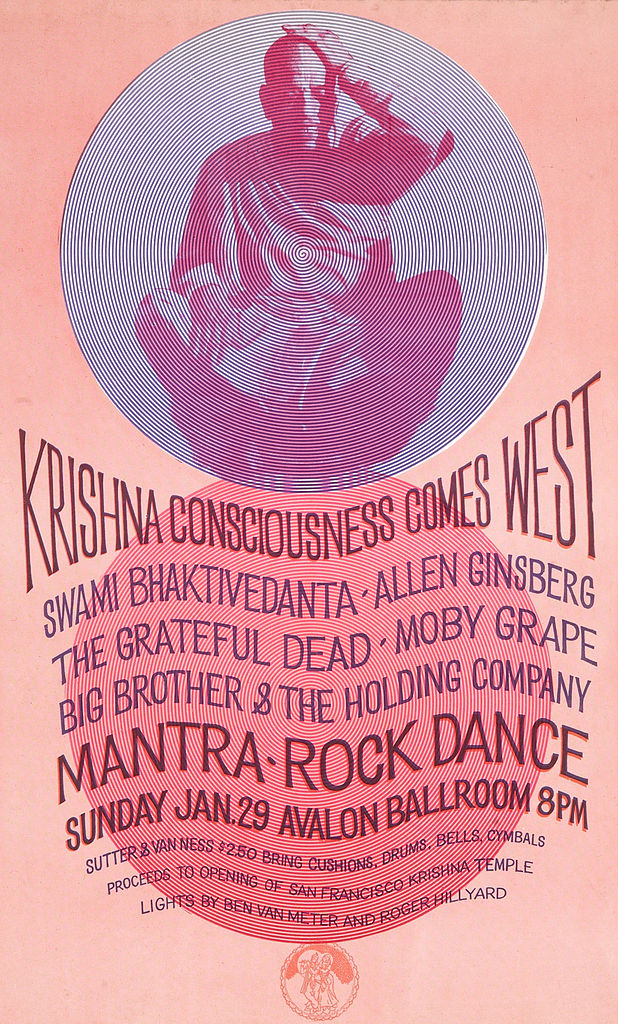
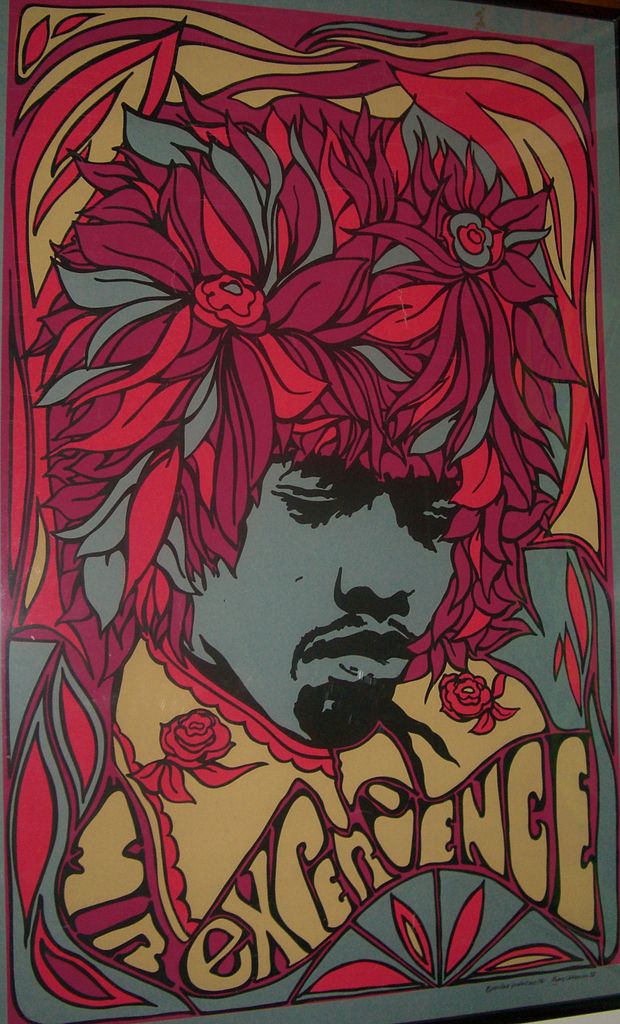
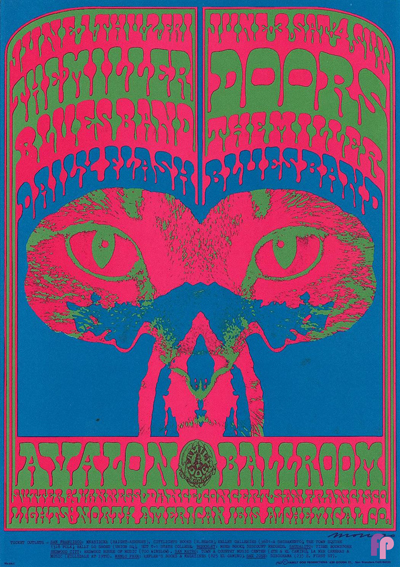
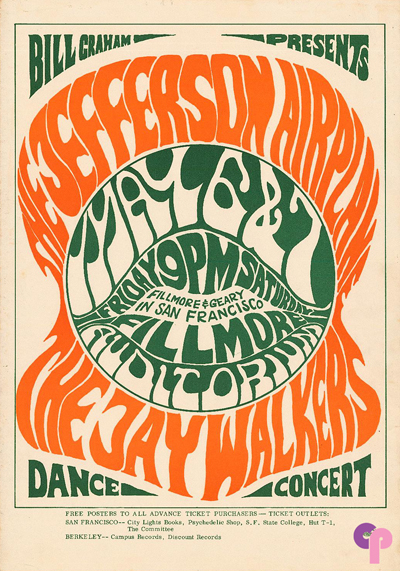
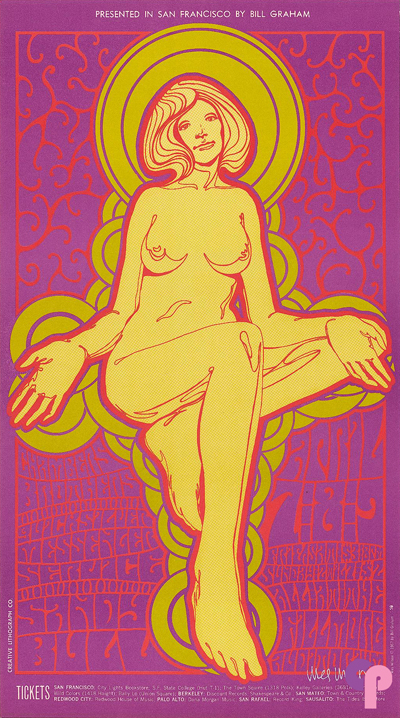
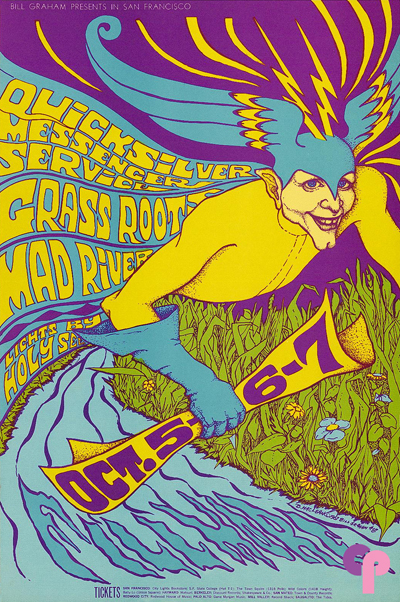
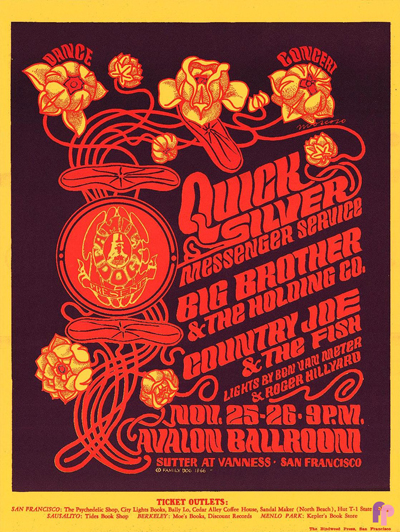
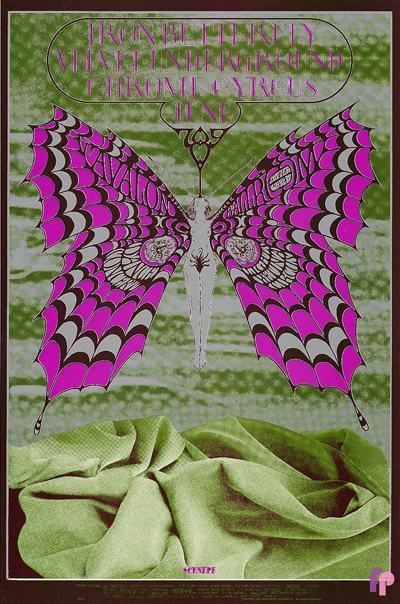
We have had interest and several serious inquiries regarding our hard bound manual of typefaces: Alphabet Thesaurus Vol. 3, published in 1971. As collectors, and designers, we have long held a fascination with type. We received a note from a graphic designer and typographer, Alex Sheldon, whose foundry is called Match and Kerosene. As a freelancer, he has “had the pleasure to work with the likes of Fearless Records, Warner Brothers Records, Motown/Universal, Epitaph Records, and Tooth and Nail/EMI.” His fonts are available through My Fonts. As fellow type and hand lettering fanatics, we thought we would acknowledge him and share some of the original inspirations for our interest.
Our initial interest in hand lettering and fonts was kindled in youth, by the lettering and graphics designed for use in print media in the 60s and 70s. Posters, handbills, album covers, dust jackets, still memorable examples of posters for legendary bands including Cream, Blue Cheer, Traffic, Quick Silver Messenger Service, Moby Grape, the Grateful Dead, Jefferson Airplane, Janis Joplin, Big Brother and the Holding Company, the Doors, the Velvet Underground, and countless others.
Posters by unknown and marginally known artists, such as Wes Wilson, Bob Fried, Gary Grimshaw, Lee Conklin, Bob Schnepf, Bonnie MacLean, as well as the giants, Stanley Mouse and Alton Kelley designing under the moniker, “Family Dog” or Victor Moscoso’s “Neon Rose.” The posters and handbills they created for shows at landmark venues for promoters such as Bill Graham Productions, including the Fillmore Auditorium and the Avalon Ballroom, are highly collectible ephemera today. Boasted as “the world’s largest dealer” in rock and roll posters from that era is ClassicPosters.com. Other resources include Psychotron Posters and Wolfgang’s Vault. The original hand drawn graphics of this era are inspirational. The vibrating and psychedelic effects of some are visually boggling, even to those adept at the latest design apps available through Adobe.
Just the beginning of lost creative innocence, because our interest evolved further with jazz artists and the covers for their vinyl recordings. But beyond even those seminal interests associated with advertising art, however subliminally, we as artists, have sought out and used fonts in our creative endeavors. Paying homage to the creators of well known and well used fonts, as well as more obscure and headline fonts in our work as artists, in print, and through use in our neon and dimensional signage and sculpture. All are bits and pieces of a curious creative continuum.
httpv://www.youtube.com/watch?v=8qWahwJOM1I
A universal truth, everyone, everything is inter-connected.
If you like Jim White and his quirky wisdom, you might enjoy seeing him in the film, “Searching for the Wrong Eyed Jesus.”
httpv://www.youtube.com/watch?v=bySa_RW0Gw8
Happy 72nd birthday Robert Alan Zimmerman, the musical and cultural icon, otherwise known as Bob Dylan. This video was recorded in Ft. Collins, Colorado, May 23, 1976, a day before his 35th birthday.
Happy Mothers Day
httpv://www.youtube.com/watch?v=DFeforW2ycI
Several years ago while catching up with a friend from college, I suggested we check out Shake It an indie record store in Northside, a rough and tumble bohemian enclave west of the campus of University of Cincinnati. As friends, we have long shared an interest in music from our days on another Ohio campus, in another college town. Art honed in on Shake It’s growing musical genre referred to as Roots or Americana music. At the time, he had a program on WRUW 91.1 FM, in Cleveland, Ohio.
Art quickly pulled several CDs from among the titles, as suggested listening. Eilen Jewell’s “Sea of Tears” was one of the three CDs that found their way home that day. Since that time, while based in Cleveland, Ohio, Art Hanson’s show “Americana Breakdown” was syndicated on Washington, D.C. public radio station WAMU 105.5 FM “bluegrass country”. He plays a mix of ” bluegrass, country, country rock, and Americana.” The show is billed as “music for people who like country music… and for those who don’t… ” As a selective listener, I guess I fit into both categories.
I stumbled across Jewell’s song “Home to Me” in this winsome, unofficial video by Shaun Lee Shafer. Another, from the extensive archives of No Depression of Jewell’s “Santa Fe” features a video by Robert Greim. Certainly my list of American Roots favorites is long, but having seen Eilen Jewell and her band, including guitar phenom Jerry Miller in bijou theaters intensifies the imagery of her lyrics and Jewell’s evocative voice.
In addition to “Sea of Tears” the band’s discography includes: Boundary Country, Letters from Sinners and Strangers, Heartache Boulevard, and Queen of the Minor Key.
httpv://www.youtube.com/watch?v=AH477WQNRY4
httpv://www.youtube.com/watch?v=3JUgPmbvYj4
Visit Eilen Jewell’s website for information and upcoming shows.
Quicksilver Messenger Service gained wide popularity in the San Francisco “Bay Area” and through their recordings, with psychedelic rock enthusiasts around the globe, and several of their albums ranked in the Top 30 of the Billboard Pop charts. Though not as commercially successful as contemporaries Jefferson Airplane and The Grateful Dead, Quicksilver was integral to the beginnings of their genre. With their jazz and classical influences and a strong folk background, the band attempted to create a sound that was individual and innovative. Member Dino Valenti drew heavily on musical influences he picked up during the folk revival of his formative musical years. The style he developed from these sources is evident in Quicksilver Messenger Service’s swung rhythms and twanging guitar sounds.
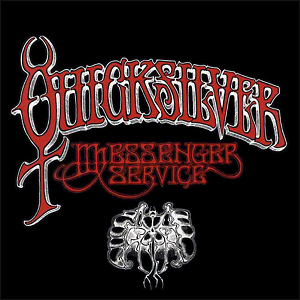
Quicksilver Messenger Service released their eponymous debut album in 1968. It was followed by Happy Trails, released in early 1969 and largely recorded live at the Fillmore East and the Fillmore West. According to David Freiberg, at least one of the live tracks was augmented with studio overdubs and the tracks “Calvary” and “Lady of the Cancer Moon” were recorded in the studio just before Gary Duncan left the band.
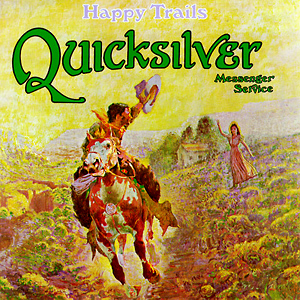
These albums, which have been hailed as “…two of the best examples of the San Francisco sound at its purest,” define the classic period in the group’s career and showcase their distinctive sound, emphasizing extended arrangements and fluid twin-guitar improvisation. Cipollina’s highly melodic, individualistic lead guitar style, combined with Gary Duncan’s driving rhythm guitar, feature a clear jazz sound, a notable contrast to the heavily amplified and overdriven sound of contemporaries like Cream and Jimi Hendrix. In 2003 Happy Trails was rated at No. 189 in the Rolling Stone Top 500 albums survey, where it was described as “…the definitive live recording of the mid-Sixties San Francisco psychedelic-ballroom experience…” Archetypal Quicksilver Messenger Service songs include the elongated, continually re-titled suite based on Bo Diddley’s Who Do You Love?, featured on Happy Trails.
httpv://www.youtube.com/watch?v=bqVVnExlX9c
source: Wikipedia
httpv://youtu.be/Fp3Jzj_Ce_0
Recorded at Alpine Valley, 1989